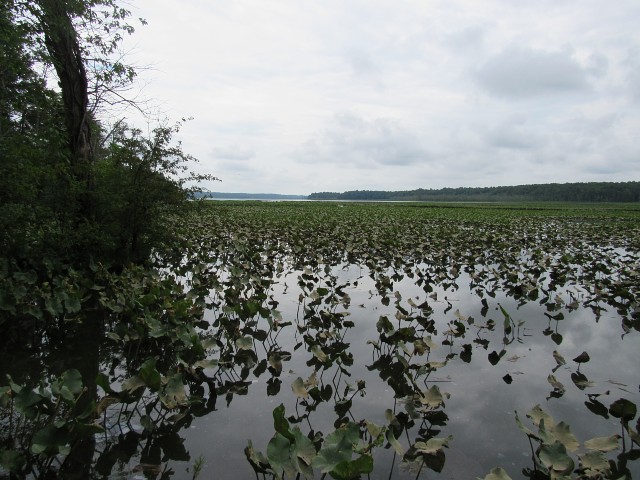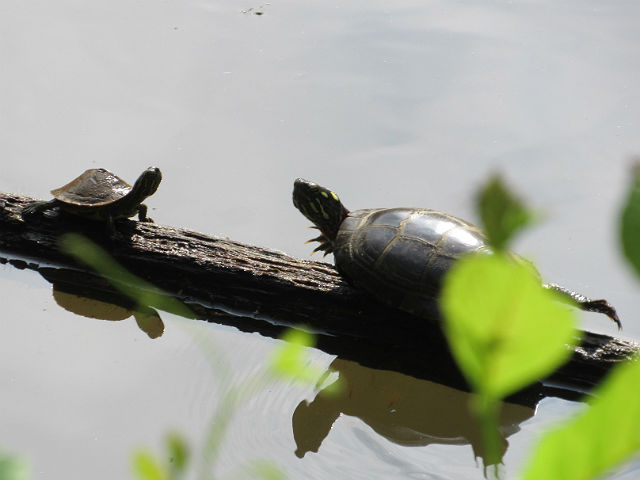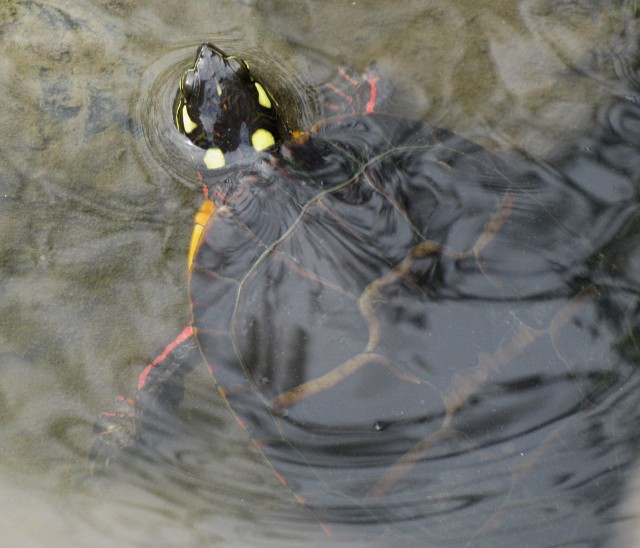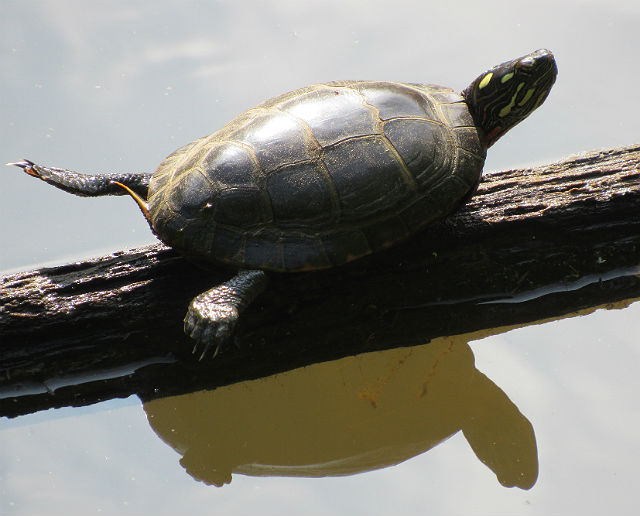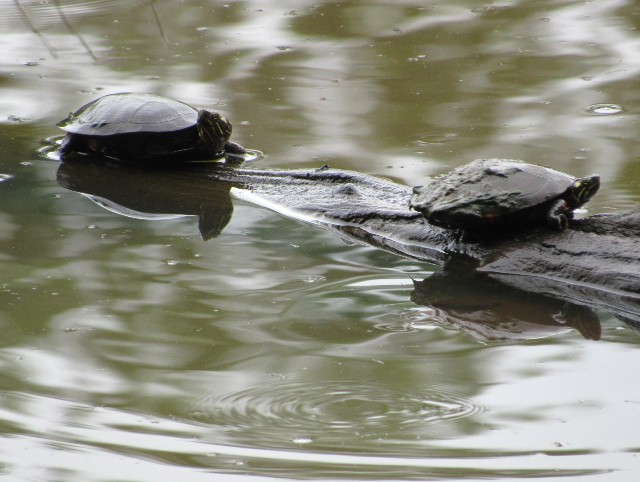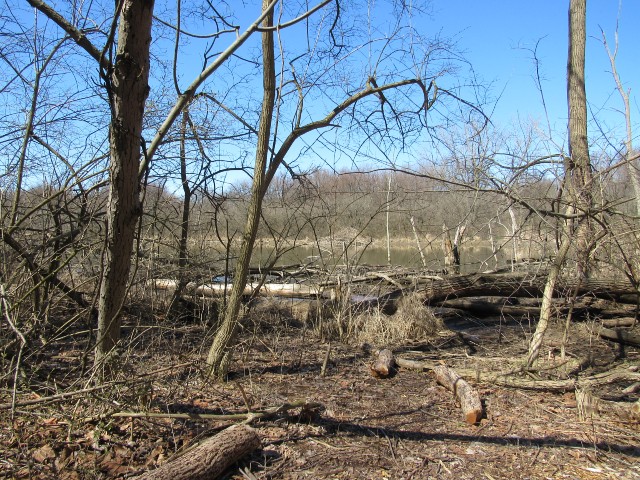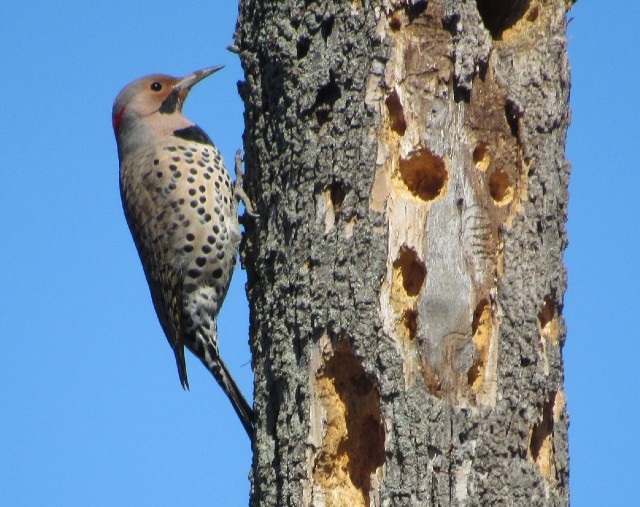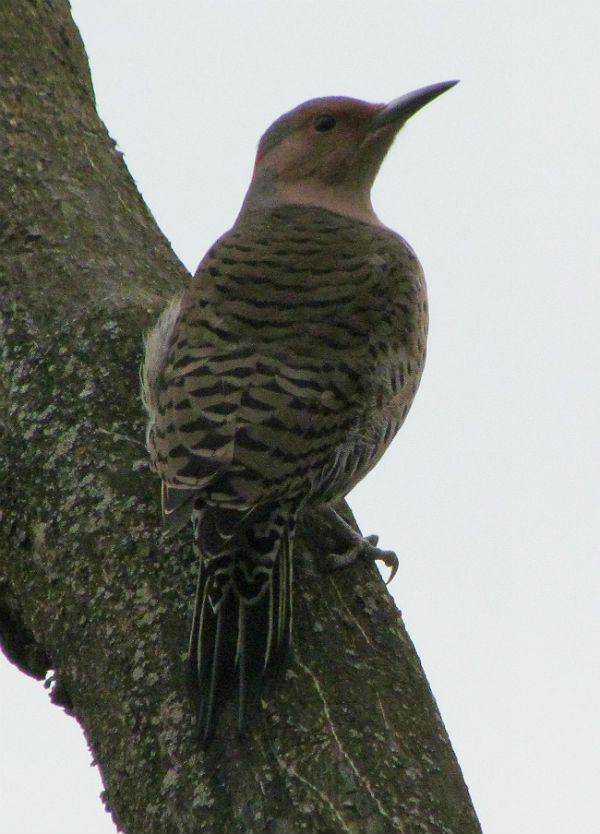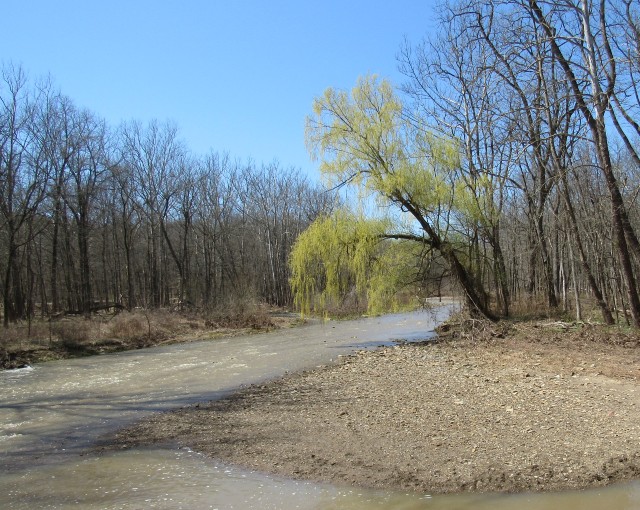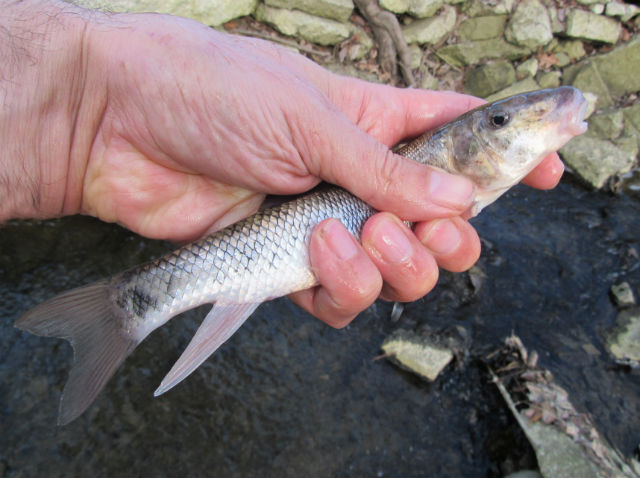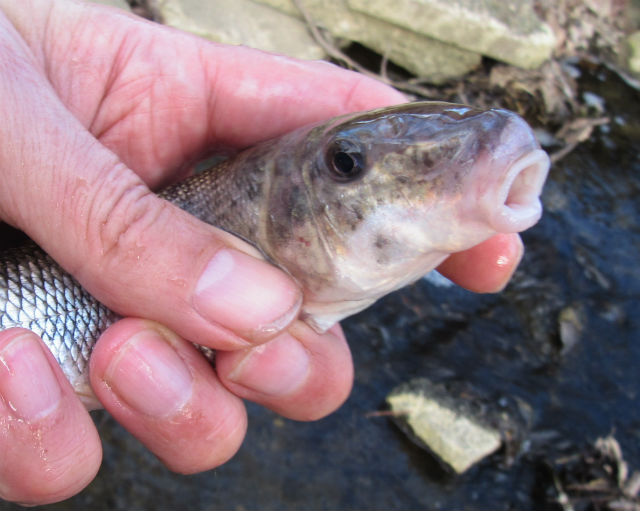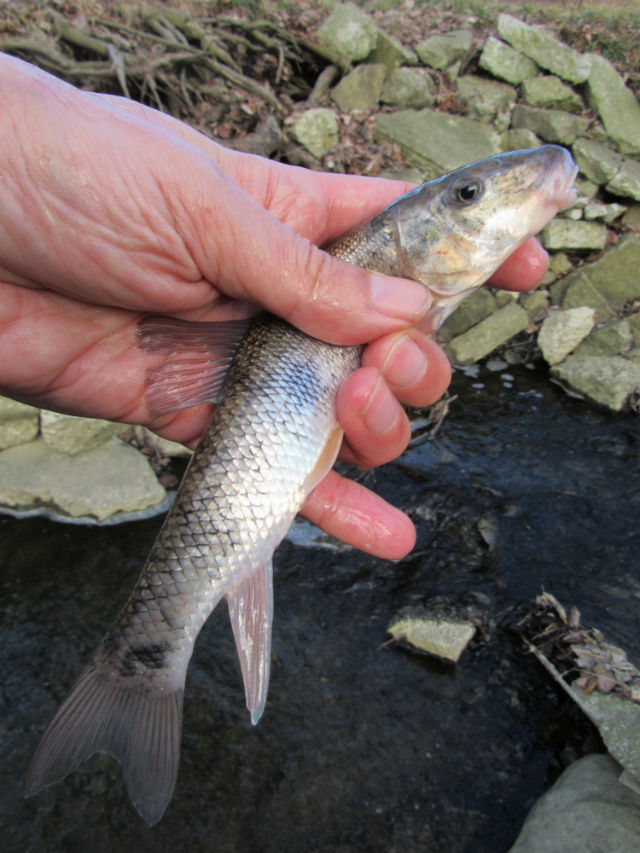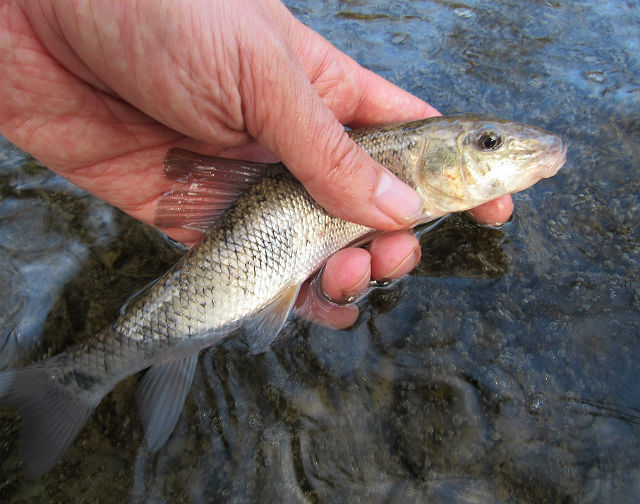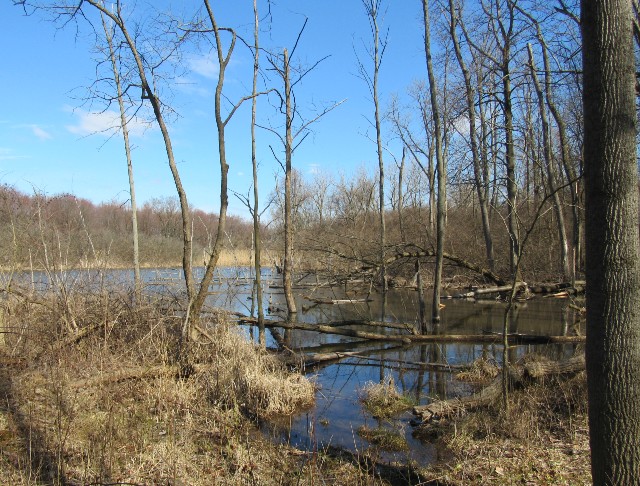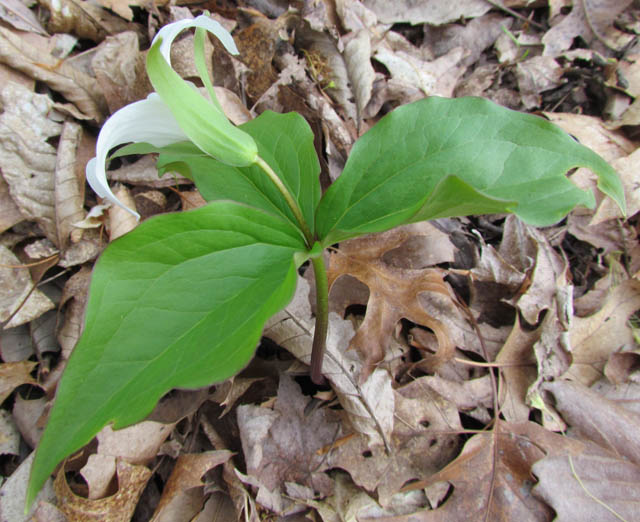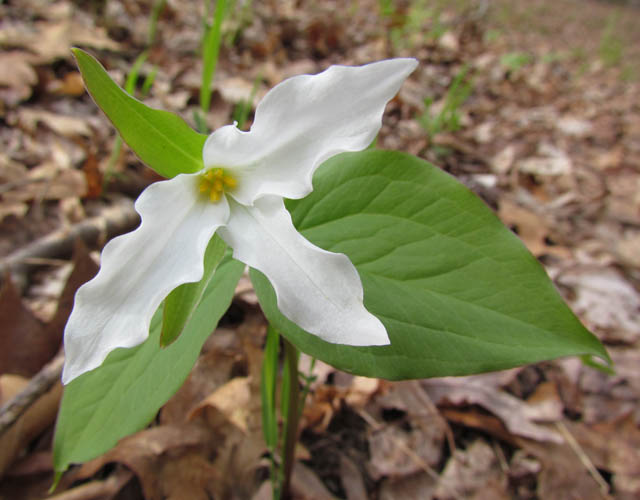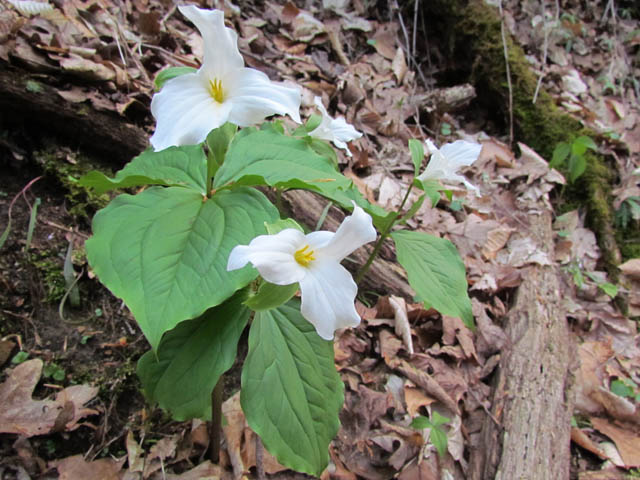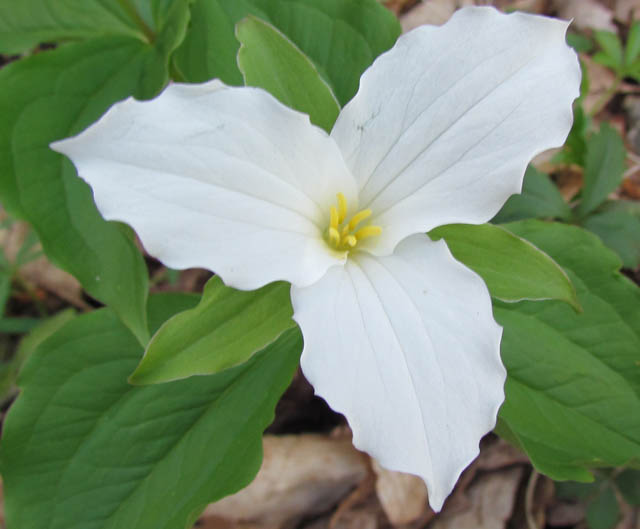While visiting the East Coast, I had my first-ever encounter with this turtle in the wild. Walking along a quiet waterway in Virginia revealed a few examples of this reptile catching the sun’s early rays.
The first one that I came across was sharing a log with a tiny Coastal Plain Cooter. While they occur in in ponds, lakes, ditches, swamps, rivers, creeks and marshes, this turtle’s preferred habitat has a combination of aquatic vegetation, soft substrate and basking sites.
The Eastern Painted Turtle, along with its relatives the Western Painted Turtle, the Midland Painted Turtle and Southern Painted Turtle, is the most widespread species of turtle in North America.
Like their painted relatives, Easterns eat aquatic vegetation, algae and small water creatures including insects, tadpoles, mollusks, crustaceans and fish.
Although they superficially look similar to the Midland Painted Turtle in my home state of Ohio, Eastern Painted Turtles are the only turtles in the United States with their scutes (large scales on the shell) arranged straight rows across their backs, rather than alternating.

